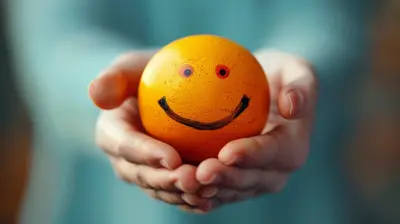How Creativity Boosts Cognitive Development in Children
12 August 2025
Let’s face it — kids are naturally creative. Hand them a box of crayons, and they'll fill every inch of paper with colorful swirls, odd creatures, and magical worlds. Give them an empty living room, and suddenly it's a pirate ship or a castle. But have you ever wondered what’s really going on in their brains during those imaginative moments?
More than just fun and games, creativity plays a massive role in shaping a child’s cognitive development. In fact, allowing kids to tap into their creative side helps build vital mental muscles — ones that support critical thinking, problem-solving, memory, and even emotional intelligence.
So, how does this magic work, and what can we do as parents, teachers, and caregivers to fuel it? Let’s dive into the fascinating connection between creativity and cognitive development in children.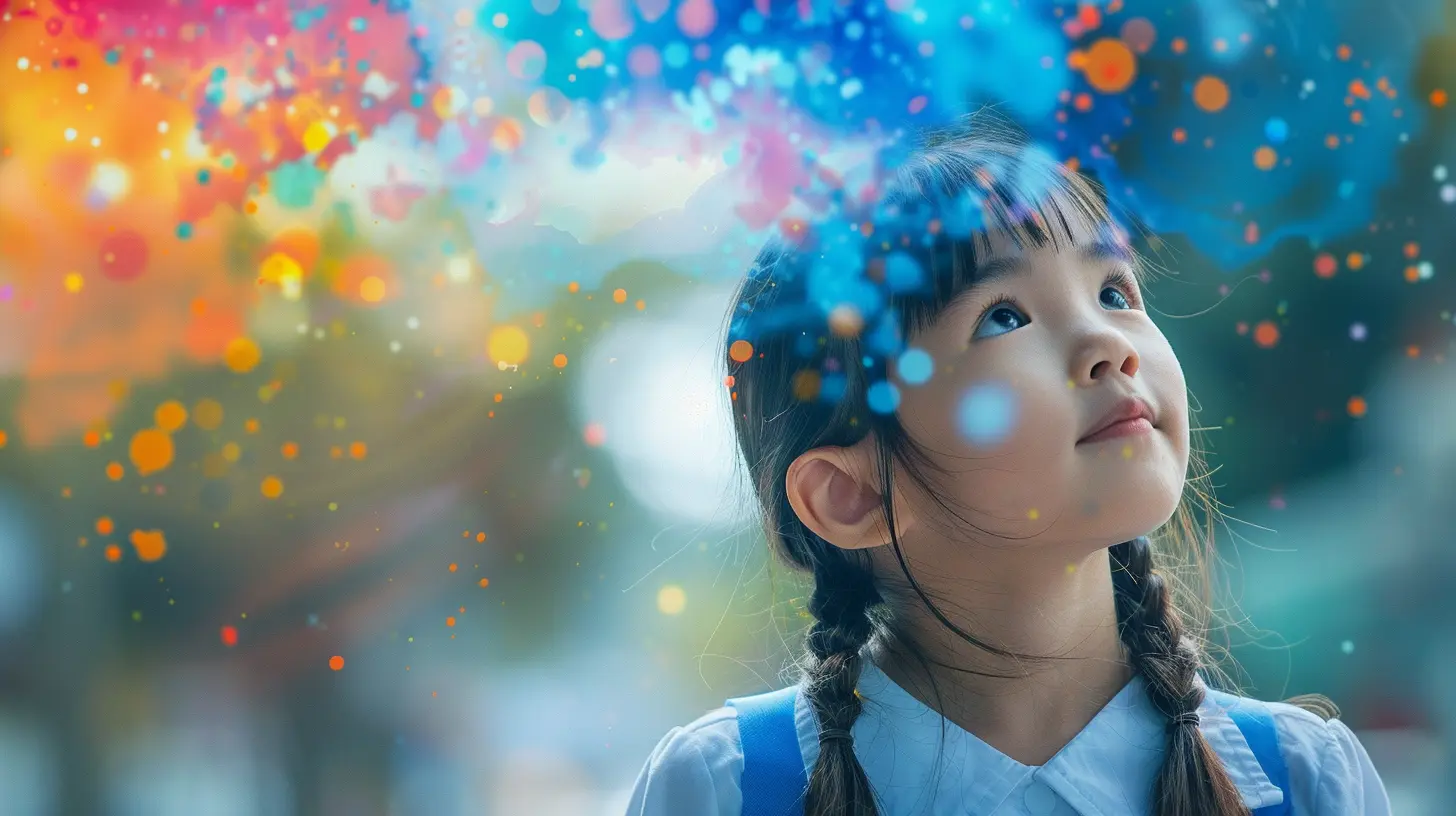
What Exactly Is Cognitive Development?
Before we tie creativity into the picture, let’s take a quick moment to understand what cognitive development actually means.Cognitive development refers to how children think, explore, and figure things out. It includes things like:
- Attention and focus
- Memory and recall
- Logical reasoning
- Problem-solving
- Language skills
- Decision-making
Basically, it’s all about how the brain processes information and makes sense of the world. Now, here’s the fun part — engaging in creative activities lights up nearly every one of those cognitive areas.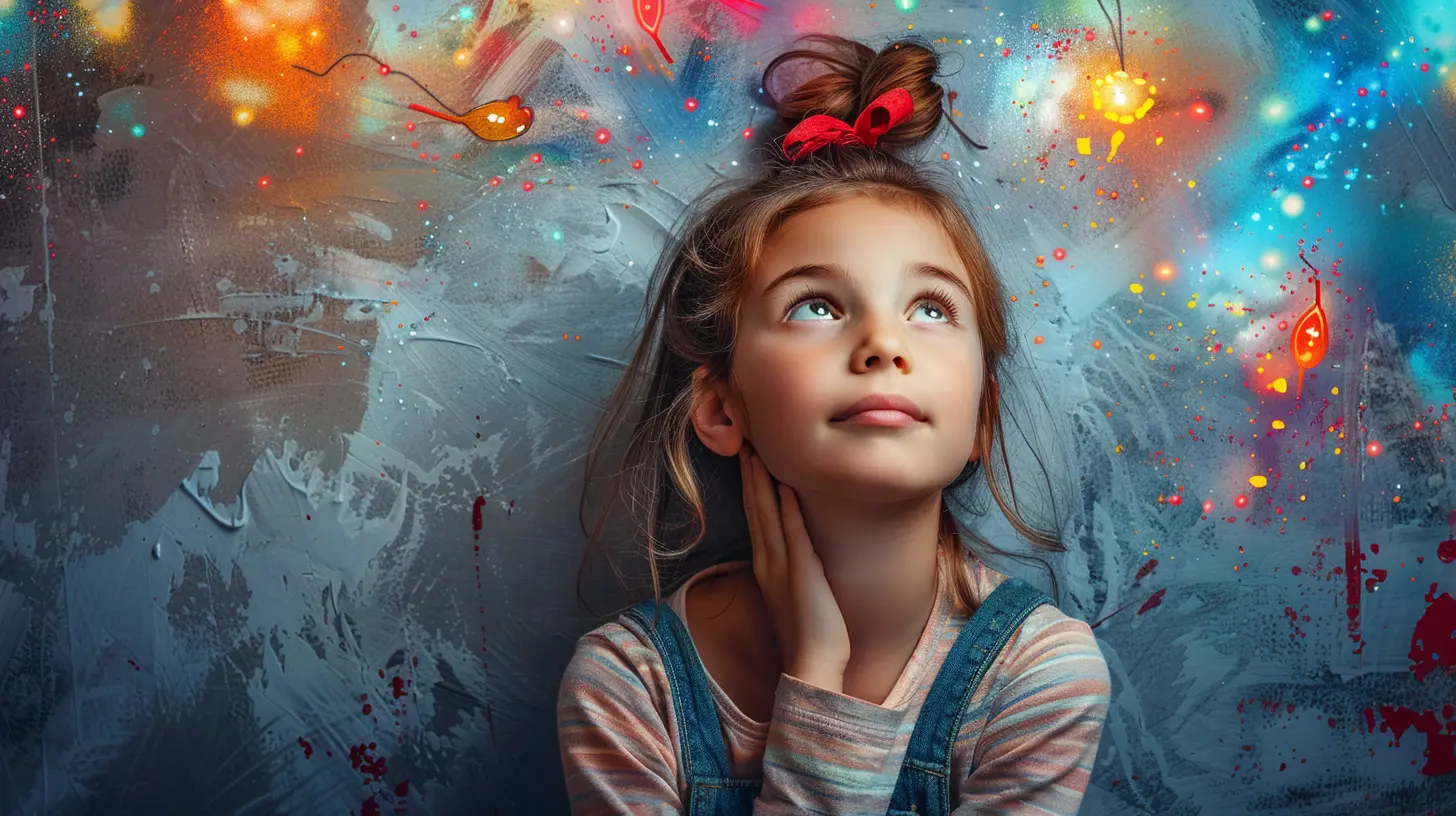
The Science Behind the Brain-Creativity Connection
Here’s where it gets a bit nerdy but totally fascinating. When a child engages in creative play, multiple regions of the brain fire up and start working together like a well-rehearsed orchestra. Creativity activates the prefrontal cortex (for problem-solving), the hippocampus (for memory), and even the limbic system (which handles emotions).This kind of cross-brain activity strengthens neural pathways — think of it like building mental highways. The more those pathways are used, the stronger they get. It’s no exaggeration to say that creativity literally helps shape how a child’s brain functions.
MRI studies have even shown that children who frequently engage in creative tasks like storytelling, drawing, or role-play have increased brain connectivity and improved working memory. In non-geek speak? Their minds are sharper and more flexible.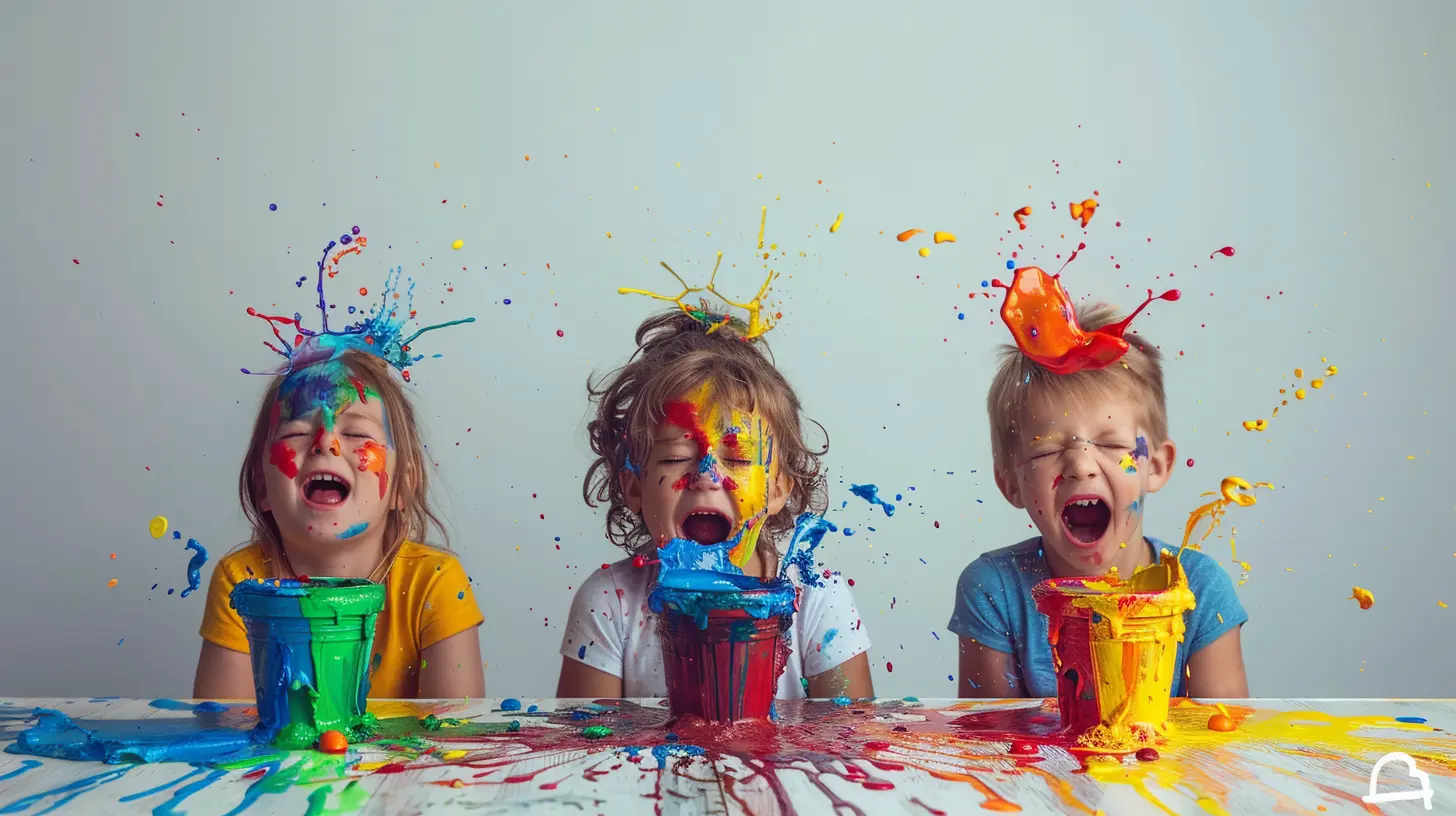
Why Creativity Matters More Than Memorization
You might be wondering – “Well, isn’t school supposed to handle all that development stuff? Why worry so much about creativity?”Good question. Traditional education tends to focus heavily on memorization and following set instructions. While those skills have their place, they don’t necessarily promote flexible thinking or innovation.
Creativity, on the other hand, encourages kids to:
- Think outside the box
- Tackle problems from different angles
- Imagine new possibilities
- Express their inner thoughts and feelings
When children are allowed to create freely — whether through art, storytelling, building, or make-believe — they’re not just having fun. They’re learning to think critically, adapt, and grow. Those are skills a multiple-choice test just can’t measure.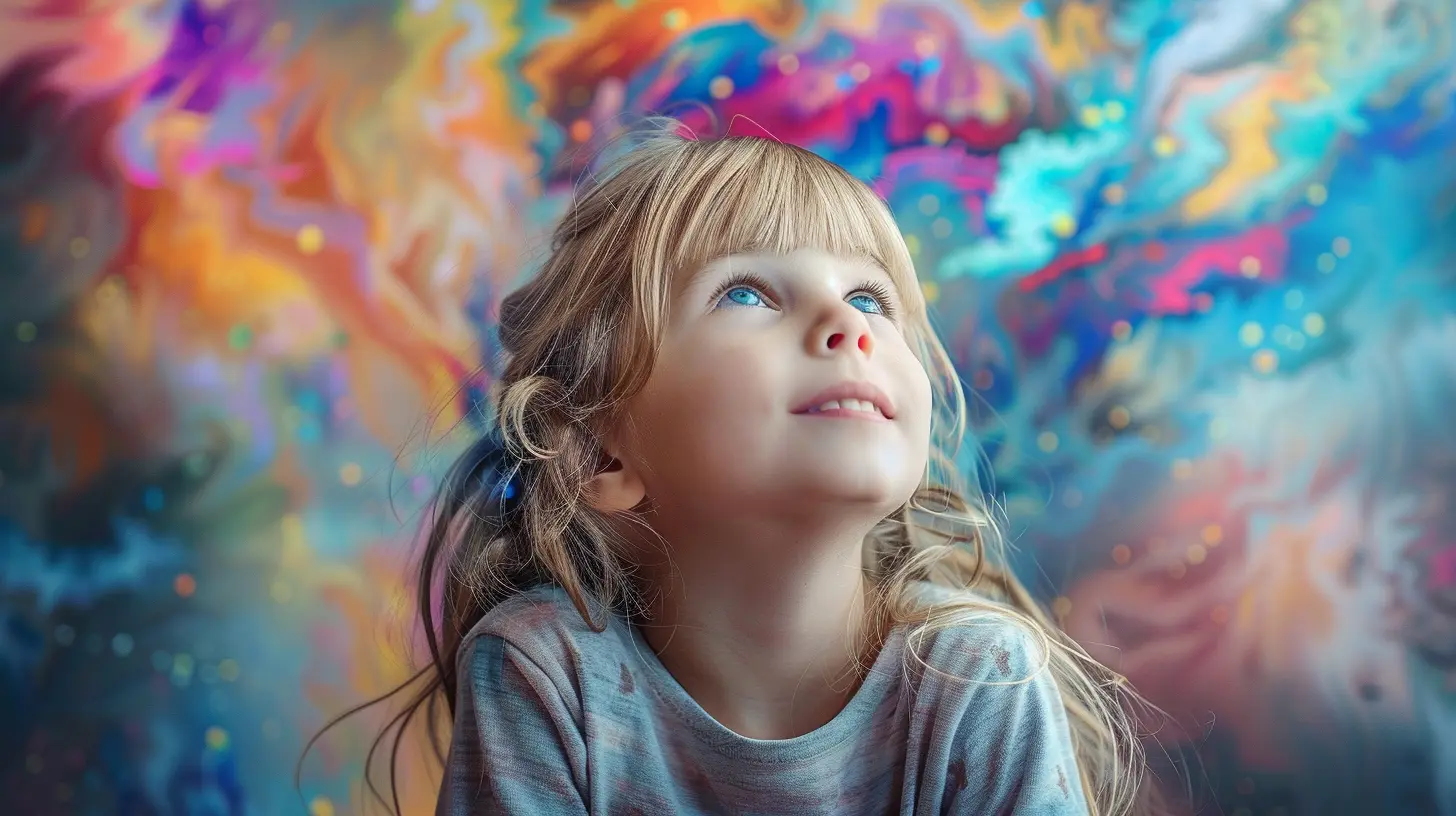
The Role of Imaginative Play in Brain Development
Remember playing “house” or pretending to be superheroes as a kid? That kind of pretend play might seem silly to adults, but to a child, it’s a serious workout for the brain.During imaginative play, kids:
- Assign roles and navigate social dynamics
- Create stories with beginnings, conflict, and resolution
- Use symbolic thinking (e.g., a stick becomes a magic wand)
It's like they're writing and starring in their own mini-production. This kind of spontaneous, unstructured play is golden for improving communication, decision-making, and empathy — all major components of cognitive growth.
Creative Expression Enhances Emotional Intelligence
A huge part of cognitive development is understanding and managing emotions — both their own and others’. This is where creative outlets like drawing or storytelling come into play.Letting children express themselves creatively gives them a language to process complex feelings. A child might not know how to say, “I’m anxious about starting school,” but they might draw a picture of a giant storm cloud hovering over a school bus.
Art and creativity help children externalize their emotions, reflect on their experiences, and build the emotional vocabulary they need to thrive socially and mentally.
Language and Literacy Get a Boost
Want your child to become a better reader or communicator? Encourage them to create stories.When kids narrate pretend adventures or write their own comics, they:
- Expand their vocabulary
- Develop sentence structure
- Learn narrative flow
- Practice sequencing events
It’s a simple equation: The more they engage in creative storytelling, the better their linguistic and literacy skills become. And all of this feeds directly into stronger cognitive development.
Problem Solving and Innovation Take Center Stage
Now let’s talk about two of the most important 21st-century skills: problem-solving and innovation.Creative tasks naturally present challenges. Whether it's figuring out how to keep a cardboard castle from collapsing or deciding how to end a story about aliens and dinosaurs, kids are constantly making decisions and solving problems creatively.
This kind of low-risk experimentation builds resilience and encourages flexible thinking. They're learning that failure isn’t the end — it’s just feedback. That mindset lays the foundation for lifelong learning and adaptability.
The Link Between Creativity and Academic Success
Here’s something that might surprise you: Nurturing creativity can actually support academic performance.Studies have shown that creative students often do better in science, math, and reading. Why? Because creativity enhances:
- Focus and attention
- Working memory
- Abstract thinking
- Motivation to learn
Children who are used to thinking creatively are more likely to stay engaged, ask questions, and make connections between different subjects. They’re not just absorbing information — they’re making sense of it.
The Importance of a Supportive Environment
So how can we make sure kids get the creative stimulation they need?Here are a few tips:
1. Provide Tools — Not Rules
Give your child access to open-ended materials like crayons, LEGOs, clay, and costume pieces. Let them figure out how to use them, instead of giving step-by-step instructions.2. Encourage Questions
Don’t just give answers. When a child asks “why is the sky blue?”, ask them what they think before responding. This helps nurture critical thinking.3. Allow for Boredom
Yes, boredom can be good. It forces the brain to come up with something new — like a game, story, or invention. Avoid over-scheduling every minute.4. Celebrate the Process, Not Just the Product
Don’t focus solely on whether the painting looks “good.” Instead, ask about the thought behind it and celebrate your child’s imagination and effort.Digital Creativity: Is It Helpful or Harmful?
With screens dominating so much of childhood, many parents wonder: is digital creativity (like using drawing apps or making videos) as beneficial as old-school play?The short answer is — it can be. When used mindfully, digital tools that allow for open-ended creation (like animation software, music-making apps, etc.) can still engage the same brain regions responsible for creativity and problem-solving.
The key is to balance screen-based creativity with physical, hands-on experiences. After all, nothing can quite replace the feel of paint on fingertips or building a fort with couch cushions.
Final Thoughts: Creativity Isn’t Extra — It’s Essential
We often treat creativity like the icing on the cake of child development. But let’s flip that idea on its head — creativity is the cake. It's the foundation for cognitive growth, social skills, emotional intelligence, and lifelong learning.So instead of asking “How can we find time for creative play?”, maybe we should ask, “How can we make creativity a central part of how children grow and learn?”
Because when we nurture creativity in kids, we’re not just raising better students. We’re raising better thinkers, doers, and dreamers.
all images in this post were generated using AI tools
Category:
Child DevelopmentAuthor:

Paulina Sanders
Discussion
rate this article
1 comments
Soren Roth
Encouraging creativity fosters critical thinking and problem-solving skills in children.
September 4, 2025 at 4:03 AM

Paulina Sanders
Absolutely! Encouraging creativity not only sparks imagination but also enhances children's ability to think critically and solve problems, laying a strong foundation for their cognitive development.


